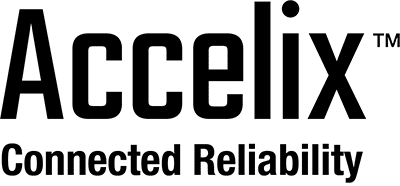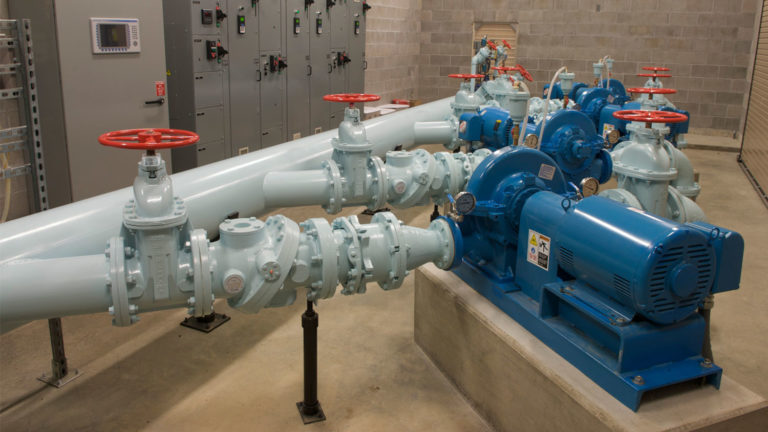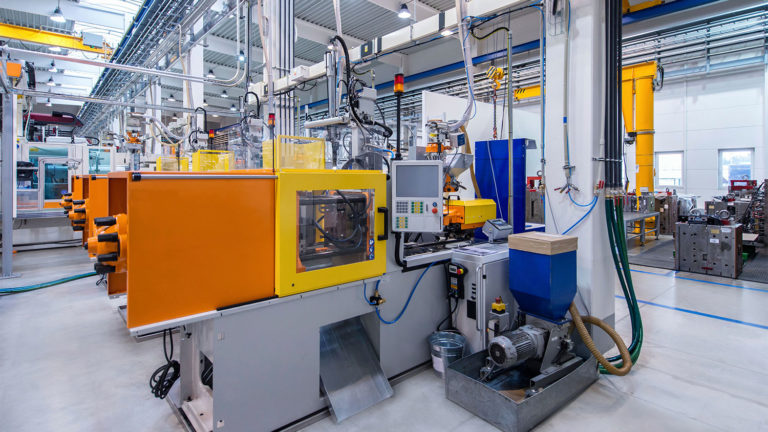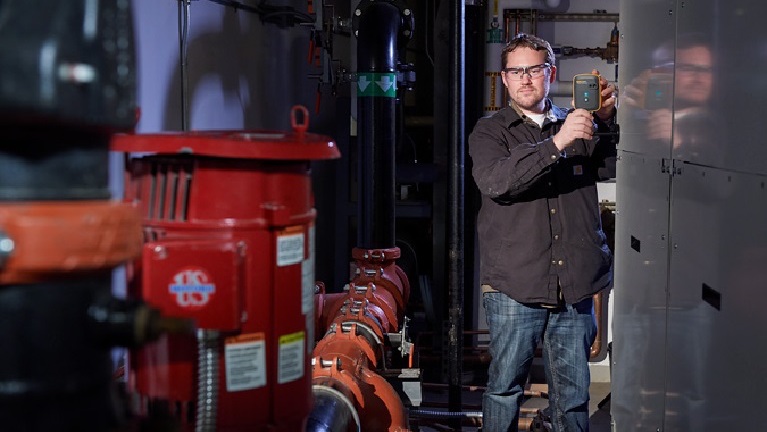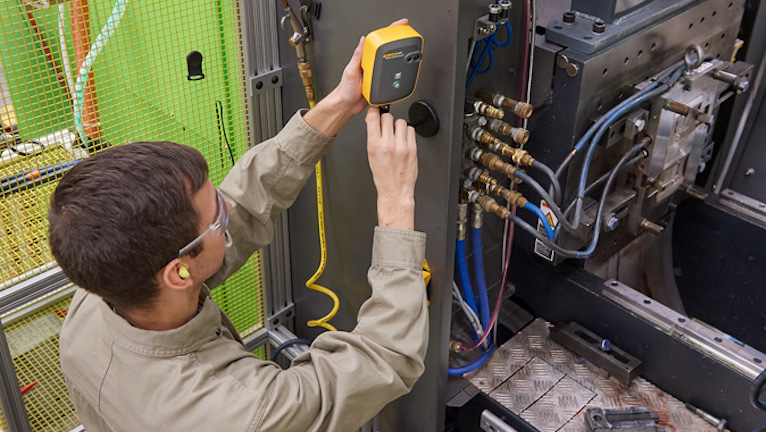Predictive versus preventive maintenance
Though both methods work to extend the life of assets, prevent unexpected breakdowns and save organizations money, preventive maintenance (PM) and predictive maintenance (PdM) are very different approaches to reliability. The key to the most effective asset management is understanding the difference between preventive and predictive maintenance, learning to employ the right balance of each within your maintenance strategy and knowledge of the array of tools at maintenance repair and operating (MRO) professionals’ disposal.
Preventive maintenance
PM is performed while equipment operates normally to avoid unexpected breakdowns and the associated downtime and costs. Downtime is scheduled based on calendar dates or usage. For example, most forklift manufacturers suggest performing preventive maintenance every 150 to 200 hours of operation.
Performing this maintenance can mean extending the life of assets, increasing productivity, improving overall efficiency and reducing maintenance costs.
Challenges of preventive maintenance
PM is based on the theoretical rate of failure and does not account for actual equipment performance. Every organization is different and daily operations impact equipment functionality, so using this strategy may result in performing unnecessary maintenance.
Maintenance requires the availability of specific parts and labor or certain pieces of equipment, cool down and ramp up time should be considered in the time estimates. All this increases downtime for equipment that might not require maintenance at the scheduled time. This activity can also introduce collateral damage, resulting in more unexpected failures.
Predictive maintenance
On the other hand, PdM directly monitors equipment performance during normal operation to anticipate failure. Instead of scheduling maintenance on electric motors at 150 to 200 hours of operation regardless of performance, organizations monitor and test conditions such as lubrication, vibration and noise corrosion on a consistent basis.
For example, taking vibration measurements on an electric engine at recommended intervals will more accurately detect bearing wear, and allows organizations to take proactive, cost-effective action such as replacing a bearing before total failure occurs.
A computerized maintenance management software (CMMS) can also integrate with equipment monitoring devices to help optimize maintenance schedules and empower organizations to import readings based on asset condition and automatically trigger an email or generate a work order when set parameters are exceeded.
Taking PdM into the future, today
As the digital ecosystem of cloud-connected tools, sensors and CMMS or enterprise asset management (EAM) databases grows, the ability to integrate these features into PdM programs expands exponentially.
Wireless connected tools and sensors collect data from assets, sending it to the CMMS or EAM system for storage, data logging and trend/asset tracking. More intelligent systems can take data from the tools or sensors and create work orders, sound alarms, schedule tasks for MRO teams, ensure compliance to safety standards and report on asset part inventory.
With infrared, vibration, power, temperature and electrical data mapped to the asset inventory and trended over time, reliability and maintenance managers have the key indicators for asset health on their screens – anytime and anywhere. Maintenance teams can be quickly and easily trained to adopt them, saving data and time without complicating their workflows.
From plant managers who want to maintain uptime to engineers who value precise data to track asset health, a suite of connected tools, sensors and databases can be as essential as a toolbelt. By combining data acquisition and integration with data management and a mobile interface, maintenance and operations staffs have the ability to cross-reference process automation and information with maintenance activity and inventory records.
A nimble, cloud-based CMMS or EAM program is inherently scalable and customizable, clearing the path for any company, large or small, to manage its maintenance data, assets and workflows.
Predictive maintenance challenges
Implementing PdM is more complex than establishing a PM schedule and usually requires the need to own and use condition monitoring sensors and other devices. Employees must undergo training to use the equipment and accurately interpret the data they gather.
The investment in tools and systems may have a steep entry cost, but with cloud-based technology, the cost has decreased. Many of the programs provide a swift return on investment. Returns on investment come from increased workers efficiency, decreased downtime and better productivity.
Combining the power of PM and PdM
Leveraging the benefits of both PM and PdM makes for the best maintenance programs. Use each method where applicable, and decide which strategy to apply based on disruption because of equipment downtime, equipment history and cost of parts and labor.
CMMS solutions can help maximize the power of these maintenance strategies by tracking and scheduling PM and PdM and integrating condition monitoring equipment to gather actionable data.
